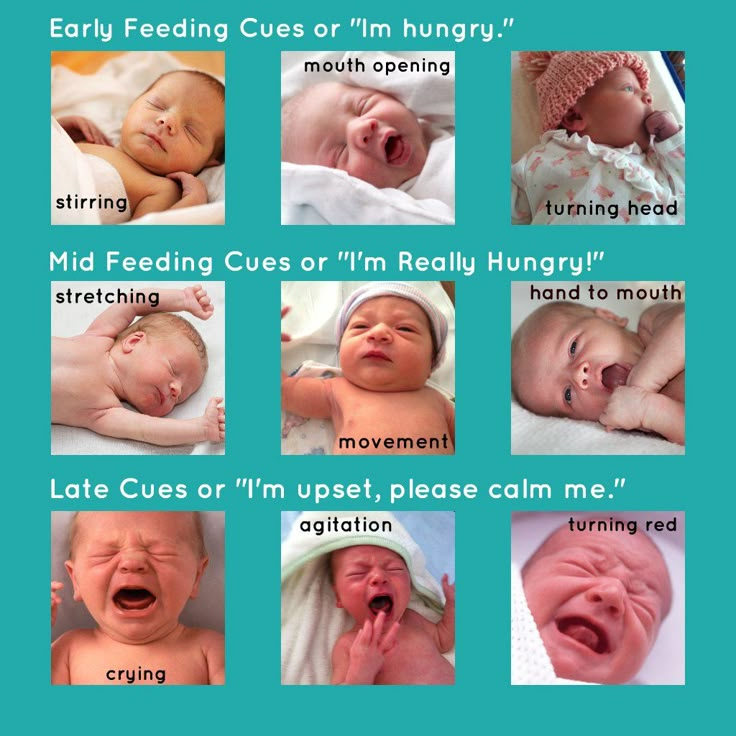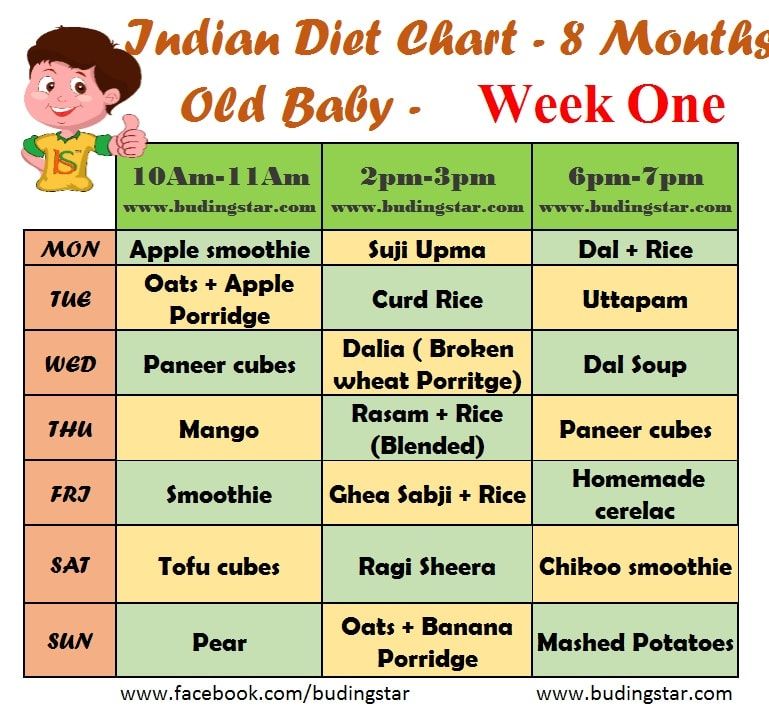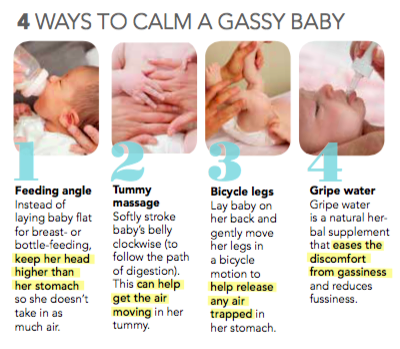Baby turns head while feeding
Baby Head Shaking (Why Do They Do This?)
Has your baby begun shaking their head? Are you worried it’s a sign of a problem?
As a mother, you expect to shake your head. You have crayon marks on the wall, sharp toys to step on, substances we won’t mention in places you never dreamed of.
However, what you don’t expect is for your baby to shake their head at you.
Understanding why your baby is shaking their head can help you identify developmental milestones as they grow and progress.
Table of Contents
- Should I Worry?
- When Shaking Signals Something Is Wrong
- Is It a Sign of Autism?
- How to Stop Head Shaking
- So… Feeling Better Yet?
Should I Worry?
Many moms wonder if they should worry if their baby is shaking their head from side to side.
The answer — probably not!
Babies grow rapidly during their first year. One important aspect is the development of gross motor skills. Gross motor skills refer to how your baby uses the larger muscles and appendages of their body to function and interact with the world around them.
Most babies can sit up, roll over, reach for objects, and explore things with their hands and mouths by the time they are 7 months old.
Although it can be scary when you see your baby start to shake their head, most of the time, they’re doing it for one of the following reasons (1).
- Exploring: Your baby may be testing how their body moves and works. Have you ever stopped to shake your head and notice how it feels? Babies react to all of these things and explore their increased range of motion.
- Entertaining: Does your baby get a happy reaction from others when they shake their head? They could be doing so in hopes of getting your attention.
- Self-soothing: Some babies shake their heads to self-soothe when they get sleepy.
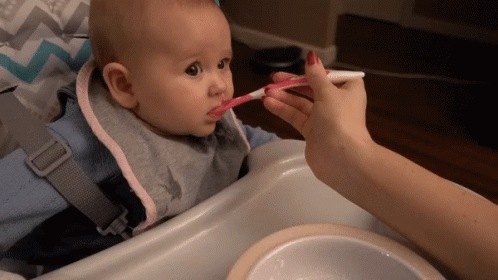
- Imitating: You may not realize it, but there is a good chance you have shaken your head at your baby. They may simply be imitating your action. As they grow, they will also learn to shake their head to say “no” as adults do.
- Fatigue: Tired babies may shake their heads to create dizziness that makes falling asleep easier.
- Ear Infection: Children under the age of 3 are at the highest risk for ear infections, and your baby may be trying to communicate the problem to you.
- Nursing: The habit of shaking the head may come from your baby trying to breastfeed. Your baby’s head may move back and forth as they try to latch, and they may become excited as they nurse. They may also shake their head at the end of nursing to show they have had enough.
- Autism: A baby whose only sign is head shaking is unlikely to have autism. Babies with autism would have additional features such as having trouble making eye contact with caregivers or being unresponsive when you call their name.
 They may also exhibit repetitive behaviors such as banging their heads on the crib or wall.
They may also exhibit repetitive behaviors such as banging their heads on the crib or wall.
When Shaking Signals Something Is Wrong
As a mother, it’s natural to worry about your little one and some of the new things they do as they grow up. There are a few instances when a baby may express discomfort or pain by shaking their head.
If you notice any of the following in conjunction with your baby’s abnormal movements, it may be time to visit your pediatrician.
- Symptoms of an illness or injury, such as a fever, noticeable scrapes and bruises, or a rash.
- Evidence of a fall that may have hurt your baby’s head.
- Head shaking that increases during times of stress and agitation.
- Your baby bangs their head against their crib or a wall.
- Baby has trouble making eye contact with adults.
- Other developmental delays.
- Lethargic behaviors or is having trouble waking up.
- Stiffening of limbs and muscles, unstoppable shaking or jittering movements, or trouble breathing.
 These are symptoms of myoclonic seizure. It is very rare, but it can be devastating or even lethal when it happens. It is important for parents to know these features and contact their doctor immediately.
These are symptoms of myoclonic seizure. It is very rare, but it can be devastating or even lethal when it happens. It is important for parents to know these features and contact their doctor immediately.
The most common illness that causes a baby to shake their head is an ear infection. One of the hallmarks of an ear infection in infants who cannot verbally express their pain is a fever of 102 degrees Fahrenheit or more.
You may also notice your baby becomes upset when placed on their back, has trouble responding to sounds, or has fluid coming from their ears (2). Another frequent indication an ear infection is to blame is when you see your baby tugging on their ears.
No matter the situation, trust your maternal instincts. If your baby is shaking their head in a way that causes you concern after monitoring the situation, reach out for guidance from your pediatrician. They will be able to help you further.
Is It a Sign of Autism?
On its own, head shaking in babies is not usually a sign of autism. In most cases, autism will manifest in multiple ways for extended periods, so if you have no other concerns about your baby’s movements, it’s unlikely they have autism.
In most cases, autism will manifest in multiple ways for extended periods, so if you have no other concerns about your baby’s movements, it’s unlikely they have autism.
However, it’s always good to pay attention to help discover other signs early on. Autism is a disorder that can affect a child’s development in many areas, so some signs may never show up in an autistic child — they may not have every sign you commonly associate with autism.
You can begin to identify these behaviors in your baby as early as 18 months (3).
Many resources are available for parents trying to determine if their child is showing signs of autism. Most children will grow out of many of the common signs by the age of 3 if they are not autistic.
These are some signs of autism that may be present before 18 months:
- Eye contact: As babies grow, they start to make eye contact, often while nursing.
 Babies who cannot maintain eye contact after their eyes adjust to their world should be monitored for autism.
Babies who cannot maintain eye contact after their eyes adjust to their world should be monitored for autism. - Repetitive behaviors: Unusual repetitive behaviors such as banging head on objects or other maneuvers that can cause self-harm.
- Lack of interest: Even at a young age, babies can show their interest in things happening around them. If your baby seems out of it and unable to interact, mention it to your child’s doctor.
- Slower development: Your baby may have autism if they are hitting milestones consistently slower than other infants their age, especially delayed speech production or comprehension and poor social interactions.
Fortunately, unless your baby is showing any other signs listed above, there is little chance that head shaking should be any reason for alarm. Bringing it up to your child’s health care specialist can help ease your worries or confirm if anything else you’ve seen could be a sign of autism in your baby.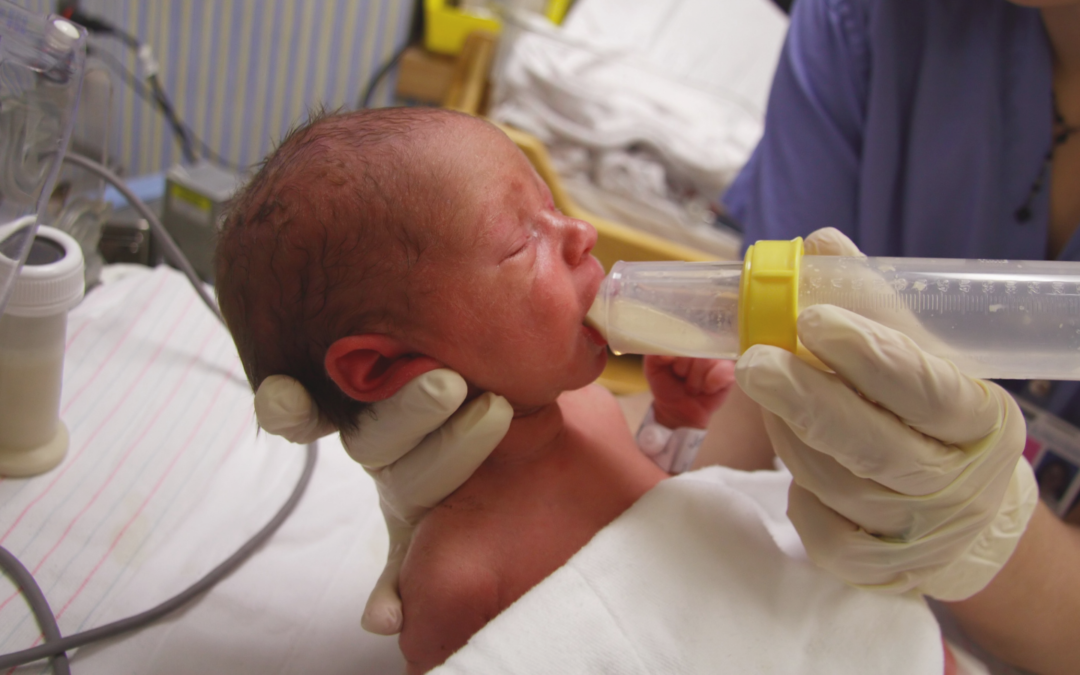
How to Stop Head Shaking
You may want to stop your baby from shaking their head if the action causes them potential harm or discomfort. For example, the constant shaking may make them extremely dizzy or disoriented, leading to falls and spills.
You also don’t want your baby to accidentally hit their head on anything, such as the side of the crib, a table corner, or a wall.
To stop your baby from shaking their head, follow these tips.
- Attention: Do not react when your baby shakes their head. It may be cute, but keep the cell phone down and don’t laugh. If your baby is shaking their head to get attention, any reaction will fuel them.
- Timing: Monitor the time when your baby shakes their head. If the shaking occurs during nursing or before bed, there may be underlying reasons you can address. If they do it for self-soothing purposes, learn more about other methods to help your baby sleep.
- Environment: Seek to create a calm environment for your baby if it seems they are shaking their head due to agitation and stress.
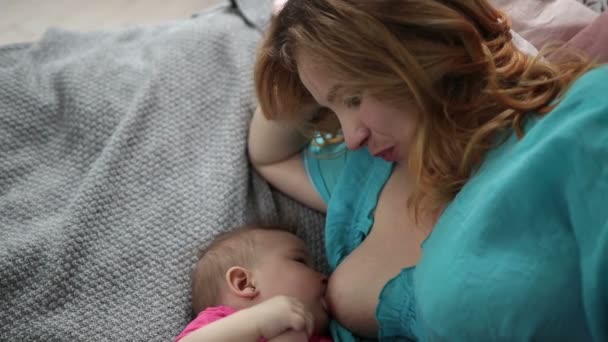 Remove them to a quiet place and gently rock them. Very carefully, place your hand on the back of their head and cradle the head in an attempt to still it.
Remove them to a quiet place and gently rock them. Very carefully, place your hand on the back of their head and cradle the head in an attempt to still it. - Massage: Have you heard of baby massage? Grab some baby lotion or oil and try carefully using some of the techniques in the video below to relax your baby’s muscles. There are some specific tips on relaxing the head and neck.
- Consult your doctor: Call your pediatrician if the head shaking is severe or you notice other worrying signs such as developmental delays. Diagnosing problems early or having the reassurance that your baby is fine will help both you and your baby in the long run.
So… Feeling Better Yet?
The good news is it’s unlikely that anything is wrong with your baby if you haven’t spotted any additional signs, and you can fully enjoy your little one and their mannerisms.
If you do notice other concerning signs or symptoms, take your baby in for an evaluation. A doctor can confirm ear infections, autism, or other serious issues, and you’re an outstanding mom for making sure your questions get answered!
Feedback: Was This Article Helpful?
Thank You For Your Feedback!
Thank You For Your Feedback!
What Did You Like?
What Went Wrong?
Medically Reviewed by
Dr. Po-Chang Hsu, MD, MS
Po-Chang Hsu, MD received his medical degree from Tufts University in Boston, Massachusetts. Dr. Hsu has interests in both pediatrics and neonatology, and he also loves writing, walking, and learning new languages.
Subscribe to Our Newsletter
We won't send you spam. Unsubscribe at any time.
Why Do They Do This?
Baby Shakes Head: Why Do They Do This?Medically reviewed by Karen Gill, M.D. — By Kristeen Cherney on March 10, 2016
Overview
Over the course of their first year of life, your baby will reach various milestones related to reflexes and motor skills.
When a baby starts shaking their head, you may be concerned that something is wrong. You might even wonder if your baby is too young to be shaking their head.
Some cases of head shaking are related to neurological or developmental disorders. However, the majority of cases are normal.
Learn why your baby shakes their head and the types of scenarios you should be worried about.
Understanding baby’s motor skills
As a parent, it’s normal to experience protective instincts. After all, your newborn is delicate and unable to defend themselves.
Still, this doesn’t mean that your baby can’t move on their own. According to the March of Dimes, by the end of the first month of life, babies have the ability to move their heads from side to side. This most often occurs when they lie on their sides.
After the first month, head shaking in babies is most often accompanied by playfulness as well as other forms of interaction. Babies who develop “normally” will be able to shake their heads “yes” or “no” by their first year.
During the first few weeks of life, your baby’s movements might be more “jerky” as they develop muscle control.
Shaking head when nursing
One of the first times babies shake their heads is when they nurse from their mothers. This may first occur out of your baby’s attempt to try to latch. As your baby gets the hang of latching on, the shaking may then be a result of excitement.
While your baby might be gaining neck muscles and is able to shake side to side when nursing, you should still support their head for at least the first three months.
You may also find feeding times to be more successful by calming down your newborn’s reflexes so they can latch on more easily.
Shaking head when playing
Beyond the first month, babies might start shaking their heads while playing. In some cases, they might even move their heads around when resting on their tummies or their backs. You may notice that head shaking increases when your baby gets excited.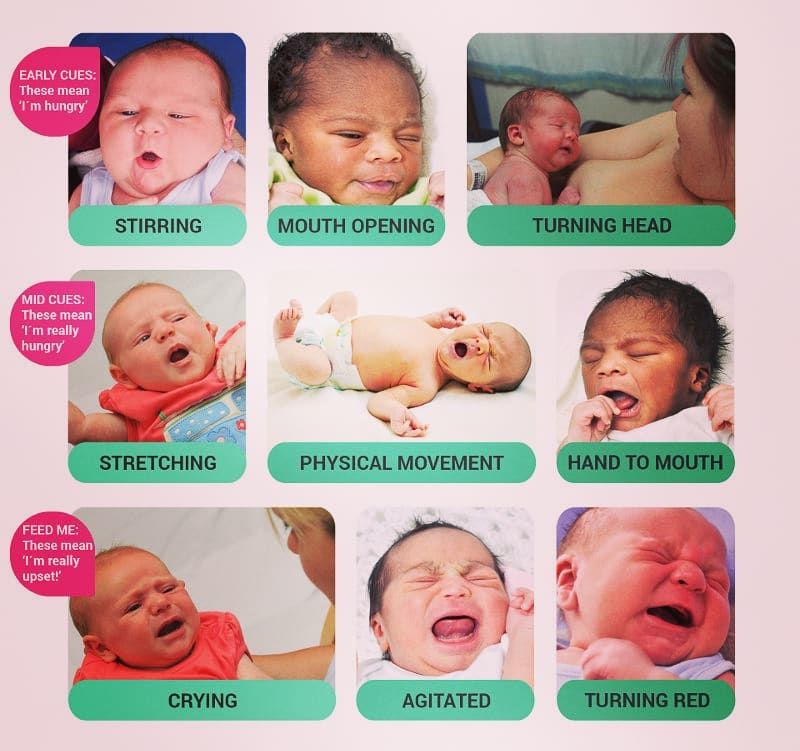
As your baby grows, they will start to notice behaviors of others and try to interact with them. If you have other children at home, your baby might start to imitate their behaviors through head and hand gestures.
Testing movement
Babies are extremely brave, and they will start to test how much they can move. At around the 4- or 5-month mark, some babies will start rocking their heads. This may move onto rocking the whole body.
While the rocking movements can look scary, it’s considered normal behavior in most babies. In fact, it’s often a precursor to your baby figuring out how to sit up on their own. Rocking and shaking behaviors usually last for no longer than 15 minutes in this age group.
Another cause of worry in many parents is head banging.
According to the American Academy of Pediatrics, this practice is more common in boys. It also starts around 6 months of age. As long as the banging is not hard and your baby seems happy, most pediatricians don’t worry about this behavior.
Head banging usually stops by the 2-year mark.
When to worry
Head shaking and other related behaviors are often considered a normal part of a baby’s development. However, there are instances in which the behaviors might extend beyond simple shaking. Call your pediatrician if your baby:
- doesn’t interact with you or their siblings
- doesn’t move their eyes normally
- develops knots or bald spots from head banging
- shaking increases during moments of anxiety
- seems like they want to hurt themselves
- fails to reach other developmental milestones outlined by your doctor
- doesn’t respond to your voice, as well as other sounds
- continues these behaviors beyond 2 years of age
The takeaway
While head shaking is not usually a cause for concern, there are some instances in which you should consider talking to your pediatrician.
Frequency is often a telltale sign of whether the shaking is normal or not. If you find that your baby shakes their head a little during feedings or playtime, this is likely not a medical emergency.
If you find that your baby shakes their head a little during feedings or playtime, this is likely not a medical emergency.
On the other hand, if the head shaking is frequent and lasts for a long time, you should see a doctor right away.
Last medically reviewed on March 10, 2016
- Parenthood
- Baby
- 06 Months 1 Year
How we reviewed this article:
Healthline has strict sourcing guidelines and relies on peer-reviewed studies, academic research institutions, and medical associations. We avoid using tertiary references. You can learn more about how we ensure our content is accurate and current by reading our editorial policy.
- Developmental milestones for baby. (2012, June)
marchofdimes.org/baby/developmental-milestones-for-baby.aspx - Guide to your child’s symptoms: Rocking/Head banging. (2001)
springspediatrics.com/headbanging.htm - Movement: Birth to three months.
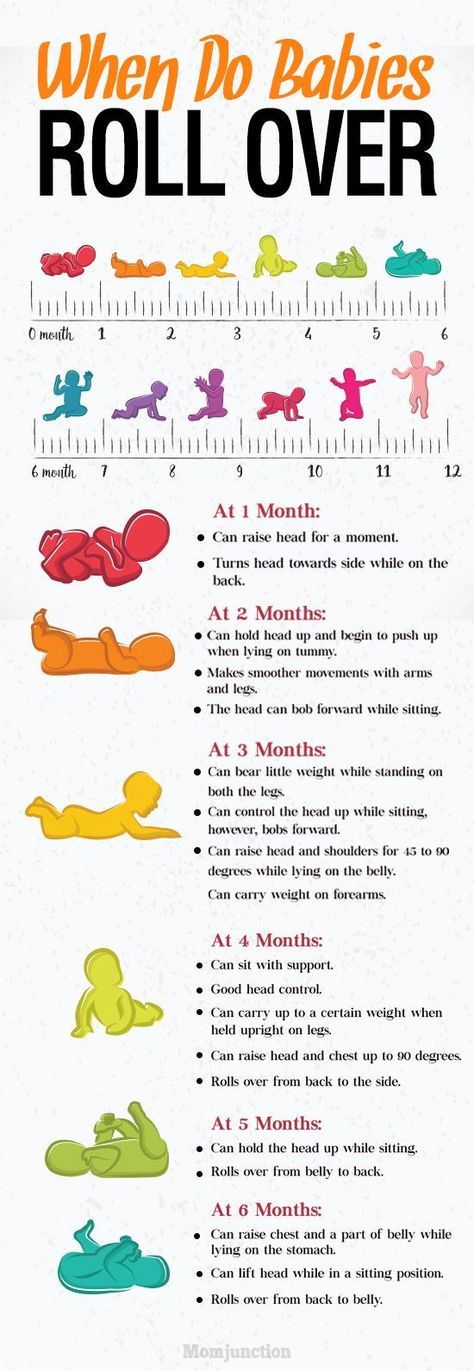 (2009, August 1)
(2009, August 1)
healthychildren.org/English/ages-stages/baby/Pages/Movement-Birth-to-Three-Months.aspx - Repetitive behaviors in blind children (2015)
familyconnect.org/info/browse-by-age/infants-and-toddlers/social-life-and-recreation-iandt/repetitive-behaviors/1235 - Wiessinger, D. (2004, February). The world of latch-on: One leader’s journey. LEAVEN 40(1), 3-6
lalecheleague.org/llleaderweb/lv/lvfebmar04p3.html
Our experts continually monitor the health and wellness space, and we update our articles when new information becomes available.
Current Version
Mar 10, 2016
Written By
Kristeen Cherney, PhD
Edited By
Nizam Khan (TechSpace)
Medically Reviewed By
Karen Richardson Gill, MD
Share this article
Medically reviewed by Karen Gill, M.D. — By Kristeen Cherney on March 10, 2016
related stories
When Will My Baby Hold Their Head Up on Their Own?
When Can Babies Sit Up and How Can You Help a Baby Develop this Skill?
When Do Babies Start Waving ‘Hi’ and ‘Bye’?
What Is a Tracheoesophageal Fistula?
8 Nursery Must-Haves You Can Find at Target
Read this next
When Will My Baby Hold Their Head Up on Their Own?
Medically reviewed by Karen Gill, M.
 D.
D.As you delicately lift your newborn out of their bassinet, you may long for the head control milestone. So when can babies hold their head up? Hang on…
READ MORE
When Can Babies Sit Up and How Can You Help a Baby Develop this Skill?
Medically reviewed by Karen Gill, M.D.
Learning to sit up is an important and exciting skill for babies to develop, but it doesn’t happen overnight. Tummy time and assisted sitting will…
READ MORE
When Do Babies Start Waving ‘Hi’ and ‘Bye’?
Medically reviewed by Mia Armstrong, MD
Most babies wave around 7 or 8 months old, though some will do it a little earlier and some a little later.
READ MORE
What Is a Tracheoesophageal Fistula?
Medically reviewed by Carissa Stephens, R.
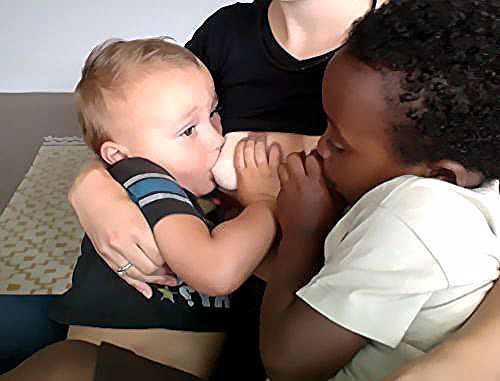 N., CCRN, CPN
N., CCRN, CPNA tracheoesophageal fistula mostly affects newborns. It happens when there's a faulty connection between the windpipe and esophagus.
READ MORE
8 Nursery Must-Haves You Can Find at Target
Target is a one-stop shop for many household items, including important furniture for your nursery!
READ MORE
What You Should Know About RSV in Babies
Medically reviewed by Mia Armstrong, MD
Respiratory syncytial virus (RSV) can affect people of all ages. But RSV in babies is most serious. Learn about the symptoms and when to get help.
READ MORE
The 23 Best Natural Baby Products
Medically reviewed by Carissa Stephens, R.N., CCRN, CPN
Having a baby can make you aware of the harmful chemicals and toxic ingredients in almost everything.
 Here's our list of the best natural baby…
Here's our list of the best natural baby…READ MORE
19 Kitchen Gadgets to Make Mealtime Easier (and More Fun)
Medically reviewed by Kathy W. Warwick, R.D., CDE
Cooking for the entire family is a big task, but there are a lot of kitchen gadgets out there to make it less hassle and more fun. A few can even get…
READ MORE
The Best Burp Cloths for SOS (Saving Our Shirts)
Medically reviewed by Carissa Stephens, R.N., CCRN, CPN
Spit-up happens... a lot. These are our picks of the best burp cloths to keep your baby dry, your clothes protected, and your life a little less messy.
READ MORE
The Best Baby Booties to Keep Those Tootsies Warm
Medically reviewed by Mia Armstrong, MD
For growing babies, the best baby booties mix style, function, and warmth.
 Here are our favorites in 11 categories.
Here are our favorites in 11 categories.READ MORE
Non-Children's Baby Neck Problems - Into-Sana
I think that many people have encountered such a problem as the incorrect position of the baby's head. When a child constantly turns his head in the same direction, or tilts it to the same shoulder. In medicine, this condition is called torticollis. According to statistics, every 4-5 newborns have certain signs of an incorrect head position. Parents voice a lot of explanations for this phenomenon: either the child was “lying down”, laying on one side all the time, then they were “tightly swaddled”, then “dad also had it”, then he, that is, the child, “loves so much”). Often, parents do not even think about the true cause of this rather significant problem that requires immediate treatment. And all this postpones a timely visit to the orthopedist for a long time.
Now more about the pathology itself. There are several reasons for the formation of torticollis in children. It can be congenital and acquired. Today I would like to dwell on the most common cause of acquired torticollis in newborns - this is an injury to the cervical spine during childbirth.
It can be congenital and acquired. Today I would like to dwell on the most common cause of acquired torticollis in newborns - this is an injury to the cervical spine during childbirth.
Not only a woman, but also a man knows that childbirth is a difficult process, often very traumatic, and there is always a danger, even during normal childbirth, of mechanical damage to the fetus. And besides the mistakes of obstetricians, this is also facilitated by objective reasons, the pathology of the labor activity itself, a change in the shape and size of the head of the child and the birth canal of the mother.
However, in the process of even physiological childbirth, the generally accepted manipulations of the midwife are often dangerous for the fetus, especially for its cervical spine.
Significantly increase the risk of traumatization of the cervical spine of the newborn:
or, conversely, prolonged labor with drug stimulation
7. emergency caesarean section
8. delivery of a large fetus
delivery of a large fetus
9. multiple pregnancy.
One or more of these conditions greatly increase the likelihood of mechanical impact on the fragile neck of the newborn.
But even if there is a minimal deformity of the cervical vertebrae, and it is not detected and treated in time, then in the future it can lead to completely unexpected disorders in the development of brain structures. During growing up and life, the child will experience disturbances in the functions of attention, memory, emotional sphere, complications of the auditory, cardiovascular, endocrine and even immune systems.
With age, these children develop delayed speech development, speech understanding, headaches, behavioral disorders in the form of excessive capriciousness, aggression, and increased motor activity. Autism-like states can form, etc. Muscle tone in these children is usually reduced. With an injury to the upper cervical spinal cord, gait and coordination disorders, vicious foot installations, various types of posture disorders and spinal deformities can be observed, and myopia develops.
What parents should pay attention to
The first thing parents should pay attention to after discharge from the hospital is how the child behaves during any manipulations with the head and neck. Due to provoking pain in the neck, these children do not like to swim, wear caps, prefer the same breast during feeding. The neck in the first days of the child can be shortened, with an abundance of transverse folds, as if pressed into the shoulders, or elongated. The head can be sharply thrown back or turned to the side. These two symptoms may be combined. When you try to bring the head into the correct position, the child cries. There may be tension, soreness, swelling and hardening of the trapezius and posterior cervical muscles.
Sometimes these changes are not rough at first and go unnoticed. Later, under the influence of certain provocations, the previous minimal symptoms become more obvious. As a rule, these children later begin to hold their head in a prone position. They form an asymmetry of the occipital and frontal regions. Due to different muscle tone, infantile scoliosis and asymmetry of the pelvic girdle appear. Gradually, from the stage of rotation, the torticollis passes into the stage of inclination. During this period, attention is drawn to the different distance of the location of the auricles in relation to the shoulders. The head seems to fall to one side.
They form an asymmetry of the occipital and frontal regions. Due to different muscle tone, infantile scoliosis and asymmetry of the pelvic girdle appear. Gradually, from the stage of rotation, the torticollis passes into the stage of inclination. During this period, attention is drawn to the different distance of the location of the auricles in relation to the shoulders. The head seems to fall to one side.
All these symptoms should alert the parents and the family doctor, should serve as a reason for an immediate visit to a pediatric orthopedist.
Remember! The neonatal period determines the entire subsequent life of the child, his mental and physical abilities, and even many of his future illnesses .
However, these neuroorthopedic symptoms are often overlooked or misunderstood. As a result, the most precious days and weeks are missed, when it is still possible to change something, to fix it.
As one of the leading figures in medicine, pediatric neurologist Alexander Yurievich Ratner, said: “Many diseases of older children and even adults are a late retribution for unrecognized troubles of the neonatal period” .
I want to give advice to expectant mothers to prepare the female body for childbirth even at the stage of pregnancy planning.
Particular attention should be paid to the entire pelvic girdle of a woman, its muscles and ligaments, and consult an orthopedist in time to rule out problems in this area responsible for childbirth. It is the presence of a twisted pelvis in the expectant mother that makes it difficult for the fetus to pass through the birth canal. Love your future child right now and do everything so that he is born and grows up healthy.
Dear parents, be attentive to your children, watch the position of your child's head! Better yet, show it to an orthopedist as soon as possible! Especially after complicated childbirth! And together with you we will do our best to keep your child healthy!
Children's orthopedist of the Into-Sana multidisciplinary polyclinic
Mironova Marina Aleksandrovna
Torticollis in children
The baby turns his head to one side all the time - is it torticollis or not?
In the womb, the embryo is in a cramped position and does not have the ability to change the position and tilt of the head. After birth, you can also often notice that the baby always lies with his head turned to one side. This is a habitual tilt of the head (adjusting torticollis). It is corrected by the simplest actions of the parents: you need to put the child to sleep alternately with his head in one or the other direction, take him to the chest from different sides, come up and bring him toys from the “unaccustomed” side.
After birth, you can also often notice that the baby always lies with his head turned to one side. This is a habitual tilt of the head (adjusting torticollis). It is corrected by the simplest actions of the parents: you need to put the child to sleep alternately with his head in one or the other direction, take him to the chest from different sides, come up and bring him toys from the “unaccustomed” side.
Torticollis, as a pathology, is characterized by a constant inclination of the head to one side and its simultaneous turn in the opposite direction. The baby cannot hold his head straight, cries if he tries to turn it in the other direction, the neck can be different from the healthy side and from the damaged side. This is a very common problem, often congenital and diagnosed in the first months of life. It is more common in girls and more often on the right side.
Why does torticollis occur?
In itself, the incorrect position of the head is a symptom that affects both bones, nerve fibers, and soft tissues. The task of a pediatric orthopedist at the first examination is to establish the cause that causes this phenomenon. Torticollis can be:
The task of a pediatric orthopedist at the first examination is to establish the cause that causes this phenomenon. Torticollis can be:
- muscular. The most common option is congenital underdevelopment of the sternocleidomastoid muscle. However, there is also an acquired muscular form associated with muscle injury;
- osteogenic (that is, the root cause lies not in the muscle, but in the bones), when we are dealing with deformed or fused vertebrae;
- neurogenic, caused by muscle hypertonicity, the root cause of which is compression of the nerve roots.
There are other causes of acquired torticollis - for example, a child may turn his head to one side because he hears worse in one ear, or because he has suffered an injury or illness; almost all of them are acquired. Whatever the type of question, you should immediately make an appointment with a pediatric orthopedic doctor. If necessary, a neurologist, traumatologist and other specialists can be involved in the diagnosis.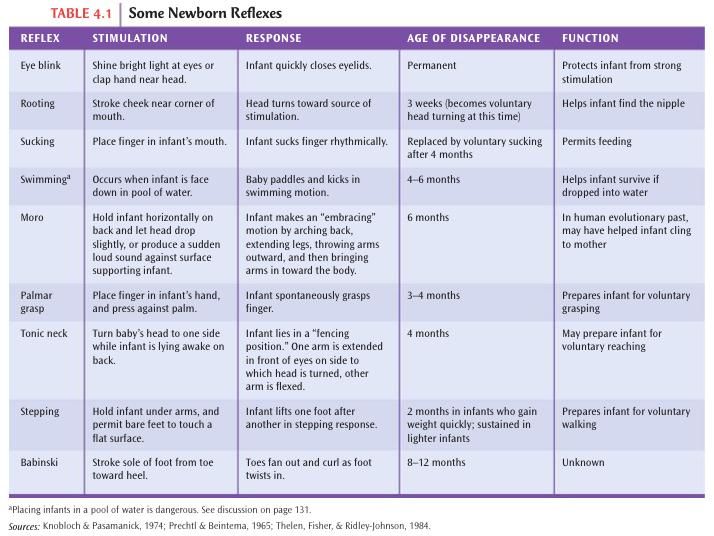
How is torticollis treated
Only a qualified pediatrician should prescribe any procedures to correct torticollis. Any self-activity in this matter can harm the child. However, parents need to know the main points related to the correction process.
First, the sooner the better. With timely diagnosis, you can get rid of the problem even in infancy and forget about it forever. Therefore, if something worries you in the position of the child's head, it is better to play it safe and go to the children's clinic, without waiting until it goes away on its own. Even if you made a mistake and everything is fine with the child, the price of the mistake is much lower than in the opposite case - there is a problem, but the child was not shown to a specialist.
Second: in the vast majority of cases, conservative treatment is sufficient. children's massage gives the best results. Unfortunately, this procedure does not cause delight in most babies (nerve endings are close, and the baby can cry during the massage), but with each next time it will be easier and easier to bear. Most often, a course or several is enough to get rid of torticollis.
Most often, a course or several is enough to get rid of torticollis.
Massage is sometimes combined with physiotherapy (electrophoresis, paraffin therapy) and exercise therapy. Toddlers with orthopedic problems are often recommended to visit the pool with their mother.
Third: the protocol of conservative treatment sometimes (optionally) includes devices that fix the head in the correct position, especially when the child is lying - a bandage, a helmet. There is no need to be afraid of this: such a device does not cause discomfort to the child, and the protest that the baby expresses is more often associated with the fact that he is not used to wearing it.
Finally, the fourth. Rarely, in the case of congenital muscular torticollis, if conservative treatment fails, surgery may be necessary. Before a year, such operations are not performed. As a rule, the operation is prescribed in the region of 3 years. It is performed by plastic lengthening of the sternocleidomastoid muscle.